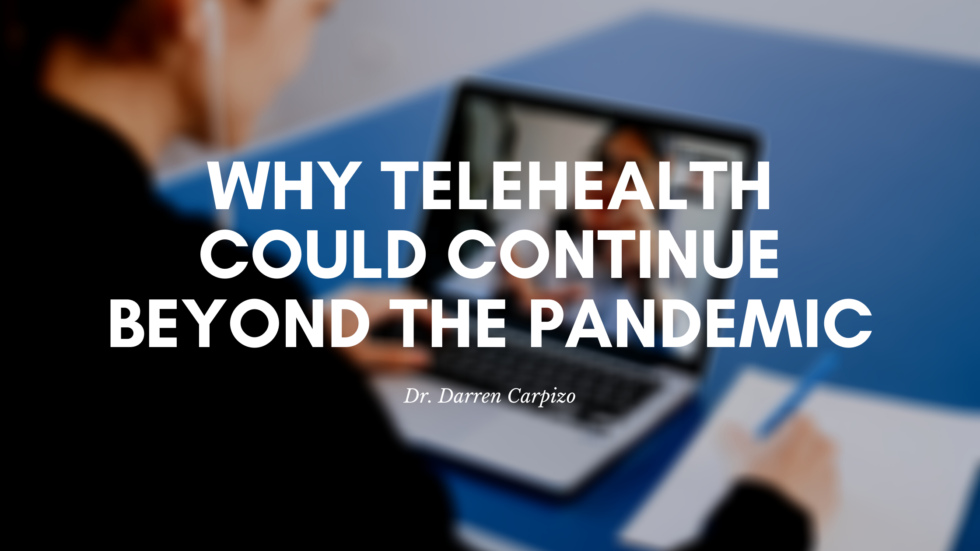Throughout the COVID-19 pandemic, we have witnessed the accelerated implementation of Telehealth across the nation’s hospitals and doctors’ offices. In an effort to keep people home and keep hospital beds free, healthcare professionals have been meeting with patients remotely.
In many cases, patients have even been monitored from home. For example, some patients were able to receive hospital care from the comfort of home. This care often required machines to be set up in patients’ residences and included medical team visits each day. When a healthcare provider was not physically present, patients maintained access to them through electronic devices.
Hospitals have invested heavily in new technology to make Telehealth a reality, and many experts believe that Telehealth could last long after the pandemic has ended. For patients who are very sick, require long-term care, or live in remote areas where care is not easily accessible, virtual healthcare options can make all the difference.
Remote healthcare allows patients to continue their daily life while receiving treatment. Performing these everyday activities can significantly contribute to patient recovery. Unfortunately, this is an area where hospitals cannot typically accommodate well, so they often fall short. For these types of patients, Telehealth provides the best of both worlds.
Telehealth options also go a long way in keeping healthcare providers safe. Virtual visits mean that doctors and nurses are exposed to far fewer illnesses. Furthermore, Telehealth options keep waiting rooms from being packed and reduce wait times in doctor’s offices and emergency rooms. If care can be provided in this type of setting, it is often a “win-win” situation for everyone involved.
The most significant roadblock in the future of Telehealth is insurance coverage. Throughout the pandemic, insurance companies have reimbursed Telehealth in the same way that they reimburse traditional in-person visits. However, if insurers refuse to cover virtual services at the same rates after the pandemic has ended, telemedicine may not be feasible for many patients, despite its benefits.
According to some professionals, talks of reducing the reimbursement rate for Telehealth has already begun. If these rumors become a reality, telemedicine may only be attainable for the wealthy.
Whether or not insurance companies will continue to cover Telehealth visits remains to be seen. Caregivers have the technology and are prepared to offer virtual visits, and there are many obvious benefits to providing virtual healthcare options. If insurers (and lawmakers) make these visits affordable for the masses, there is little doubt that Telehealth will play an essential part in medicine’s future.


